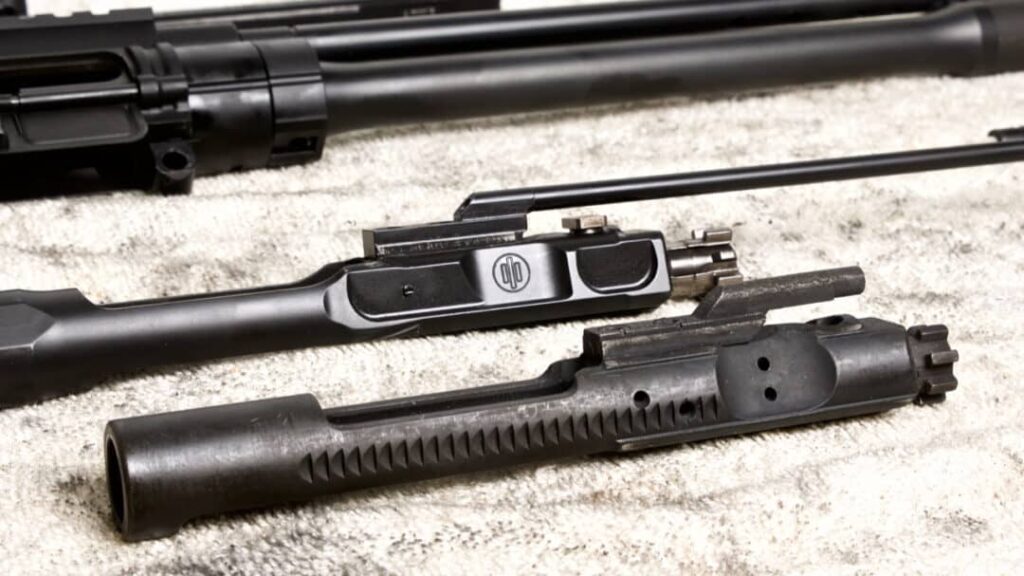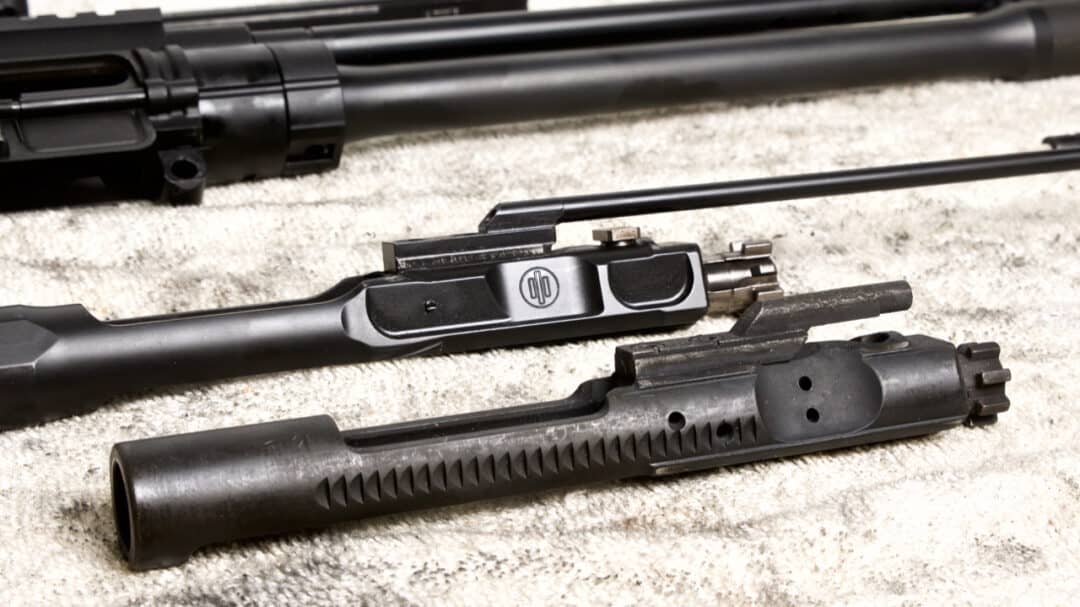
AR-15 Piston Systems: A Comprehensive Guide
The AR-15 platform is renowned for its modularity and adaptability, allowing users to customize virtually every aspect of the rifle. One significant area of customization lies in the operating system: direct impingement (DI) versus piston-driven systems. While the original AR-15 design utilizes a DI system, AR-15 piston systems have gained considerable popularity, offering a purported alternative with distinct advantages and disadvantages. This comprehensive guide aims to provide an objective overview of AR-15 piston systems, exploring their mechanics, benefits, drawbacks, and considerations for selection.
Understanding AR-15 Operating Systems
Direct Impingement (DI) Systems
The DI system, as originally designed by Eugene Stoner, directs high-pressure gas from a fired cartridge through a gas tube and into the bolt carrier. This gas impinges directly on the bolt carrier, forcing it rearward and cycling the action. DI systems are known for their accuracy, lighter weight, and generally lower cost compared to AR-15 piston systems. However, they also introduce combustion byproducts directly into the receiver, leading to increased fouling and potentially requiring more frequent cleaning.
Piston-Driven Systems
AR-15 piston systems, on the other hand, utilize a short-stroke or long-stroke piston to cycle the action. Instead of directing gas directly into the bolt carrier, gas is channeled to a piston located above the barrel. This piston then strikes an operating rod, which in turn pushes the bolt carrier rearward. The primary advantage of this system is that it keeps combustion byproducts out of the receiver, resulting in a cleaner-running rifle. Several different AR-15 piston kits can be found to convert a standard DI AR-15. This is an important consideration for those who already have a DI AR-15 and do not want to purchase an entirely new rifle.
Benefits of AR-15 Piston Systems
- Reduced Fouling: As mentioned, AR-15 piston systems significantly reduce the amount of carbon fouling entering the receiver, leading to a cleaner operating environment. This can potentially improve reliability and reduce the frequency of cleaning required.
- Enhanced Reliability in Harsh Conditions: Some argue that AR-15 piston systems offer improved reliability in adverse conditions, such as extreme cold or when the rifle is heavily soiled. The reduced fouling and more robust cycling mechanism are often cited as reasons for this perceived increase in reliability.
- Potential for Suppressed Fire: While not exclusive to AR-15 piston systems, some models are better suited for suppressed fire. The ability to adjust the gas system on some AR-15 piston kits allows users to fine-tune the rifle’s operation when using a suppressor, minimizing gas blowback and improving cycling.
Drawbacks of AR-15 Piston Systems
- Increased Weight: AR-15 piston systems generally add weight to the rifle, particularly at the front end. This can affect the rifle’s balance and potentially increase fatigue during prolonged use.
- Higher Cost: AR-15 piston systems are typically more expensive than DI systems. The added complexity of the piston mechanism and associated components contributes to the higher price.
- Potential for Reduced Accuracy: While not always the case, some AR-15 piston systems can exhibit a slight reduction in accuracy compared to DI systems. This can be attributed to the added mass and potential for harmonics introduced by the piston mechanism. Rigorous testing is needed to determine if this is the case for specific AR-15 piston designs.
- Compatibility Issues: Not all AR-15 piston systems are universally compatible with all AR-15 components. Users may encounter issues with handguards, bolt carriers, or other accessories, requiring careful selection and potentially modification.
Types of AR-15 Piston Systems
Short-Stroke Piston Systems
In short-stroke piston systems, the piston travels a short distance after being struck by gas. The piston then impacts an operating rod, which cycles the action. Short-stroke systems are generally lighter and offer a faster cycling rate compared to long-stroke systems.
Long-Stroke Piston Systems
Long-stroke piston systems feature a piston that is directly connected to the bolt carrier. The piston travels the entire length of the bolt carrier’s travel during the firing cycle. Long-stroke systems are known for their robustness and reliability, but they can also be heavier and exhibit more felt recoil.
Factors to Consider When Choosing an AR-15 Piston System
- Intended Use: Consider the primary purpose of the rifle. If it’s for recreational shooting or competition, a DI system may suffice. If it’s for duty use or situations where reliability in harsh conditions is paramount, an AR-15 piston system might be a better choice.
- Budget: AR-15 piston systems can vary significantly in price. Determine your budget and research systems within that range.
- Weight: Consider the added weight of the AR-15 piston system and its impact on the rifle’s balance and handling.
- Compatibility: Ensure that the AR-15 piston system is compatible with your existing AR-15 components or any future upgrades you plan to make.
- Gas System Adjustability: Some AR-15 piston systems offer adjustable gas settings, allowing you to fine-tune the rifle’s operation for different ammunition types or when using a suppressor.
- Reviews and Reputation: Research different AR-15 piston systems and read reviews from other users. Consider the reputation of the manufacturer and the system’s track record for reliability and performance.
Popular AR-15 Piston System Manufacturers
Several reputable manufacturers produce high-quality AR-15 piston systems. Some popular brands include:
- Adams Arms
- LWRC International
- Primary Weapons Systems (PWS)
- Superlative Arms
It’s essential to research each manufacturer and their specific offerings to determine which system best suits your needs and preferences. [See also: AR-15 Upgrades and Modifications Guide]
Installation and Maintenance of AR-15 Piston Systems
Installing an AR-15 piston system can range from relatively straightforward to more complex, depending on the specific system and your mechanical aptitude. Some systems are designed as drop-in replacements for the DI system, while others require more extensive modifications. It’s crucial to carefully follow the manufacturer’s instructions and consider seeking professional assistance if you’re not comfortable performing the installation yourself.
Maintenance of AR-15 piston systems typically involves cleaning the piston and operating rod periodically. The reduced fouling compared to DI systems generally translates to less frequent cleaning, but regular maintenance is still essential to ensure reliable operation. Refer to the manufacturer’s recommendations for specific cleaning procedures and lubrication guidelines. [See also: AR-15 Cleaning and Maintenance Tips]
The Future of AR-15 Piston Systems
The debate between DI and AR-15 piston systems is likely to continue for the foreseeable future. Both systems have their advantages and disadvantages, and the best choice ultimately depends on the individual’s needs and preferences. As technology advances, we may see further refinements in AR-15 piston system designs, potentially addressing some of the current drawbacks, such as increased weight and cost. The ongoing development of new materials and manufacturing techniques could also lead to more efficient and reliable AR-15 piston systems in the years to come. [See also: Emerging Technologies in Firearm Design]
Conclusion
AR-15 piston systems offer a viable alternative to the traditional DI system, providing potential benefits such as reduced fouling and enhanced reliability in harsh conditions. However, they also come with drawbacks, including increased weight, higher cost, and potential compatibility issues. When choosing an AR-15 piston system, it’s essential to carefully consider your intended use, budget, and other factors to make an informed decision. By understanding the mechanics, benefits, and drawbacks of AR-15 piston systems, you can determine whether they are the right choice for your AR-15 rifle. Ultimately, the best system is the one that meets your specific needs and provides the performance and reliability you demand.

